Sound
These impressions were consistent with two different REF 10s over the course of a few months.
The impact of the Mutec REF 10 on my digital playback system was substantial. There are an immediate depth and clarity to the sound. Everything is in focus, rounded off, and congealed. There’s lifelike resolution along with nuance, texture, and tonal contrast. Meaning it’s less greyscale and more dimensional. Just a more natural flow of soul and music.
The soundstage is placed further behind the speakers and has deeper reach into the room. It’s nothing short of spooky in the way it outlines the instruments and reverberation cues. It makes you realize how good stereo imaging could actually be. Without the REF 10, the soundstage closes in and there’s more grain and smearing across the musical elements. It’s more dull, flat, and diffused. A digital haze if you will.
As far as dynamics, not only are they quick and impactful, but there’s also plenty of detail and gradations in the flow to which they’re presented. Attacks are precise, localized, and weighty. It redefines what I’ve experienced as “bass definition.” Without the REF 10, the percussions aren’t nearly as tight and are perceptibly softer. It just doesn’t have the same level of punch and authority.
Over the course of a few weeks, “I’ve never heard that before” was a common theme while listening to the Mutec REF 10. It sounds ridiculous – but you get a sense of Charice’s age and lung capacity when listening to her I Have Nothing/I Will Always Love you live recording with David Foster on piano.
You would think with this level of resolution, the energy might be too high and the treble might be hyper-focused. This isn’t the case at all. The REF 10 remains articulate, composed, and smooth. The tone is warmer without the REF 10 but there are more solidity and gravitas to the presentation. For example, when I remove the REF 10, I find that my brain is trying to create the curves and shapes of the performers whereas with the REF 10 – that dimensionality is absolute and immediately tangible. The vigorous bass lines, gentle lip smacks, all are more easily perceived with the REF 10.
Led Zeppelin’s Bring it Home is a great track for evaluating timing. Not only are reverbs and decays precise – there are minute contrasts, sparkles, and tasty textures within those projections. From the quick notes of the harmonica to the electric guitar section, there’s an undeniable continuity, speed, and strength. Disconnecting the REF 10 and performers have a more diffused and antique sound. Almost a tube-like bloom – which, admittedly, will be fine for some.
This also applies to Belafonte’s voice in The Marching Saints, where the acoustic resonances of Carnegie Hall are fully realized. You actually hear his words ripple out with weight – not just a generic “echoing.” Instruments also maintain their timbre and weight throughout the acoustic space. An incredibly insightful sound. Detaching the REF 10 – and those cues are nearly absent. It sounds more congested and one-dimensional.
Without the REF 10, Dinah by Big Bad Voodoo Daddy, the static and overlaying vocals in the first few seconds are very uniform and flat. With the REF 10, and you start to hear shape and layering. The static is more of a roar than a sparkle – which seems to be its truer form. And the voice has more body and presence. As the brass comes in, you’re immediately enveloped into the rhythm of the music. You’re more informed about the movements of strings and drumsticks. Without the REF 10, it’s more of a “frontal” and “blobby” show. The atmosphere is slightly richer but everything flattens out. The focus and textures are lost and there’s just less control over the recording.
Ding Dong Polka by Dick Schory is another example of when the REF 10 shines with amazing delineation. Without it, it just sounds like a percussive mess. The snare, bell, and cymbals seem to share the same color and space. The REF 10 isolates the proper timbres and incepts the notion that this is how the recording was supposed to sound – and should be heard.
It doesn’t take many listening sessions to hear what it’s capable of. It’s more akin to a DAC rather than a cable upgrade. With speakers, cables, amplifiers, you could adjust tone and resolution. However, in the realm of digital audio, you’ll realize there’s simply no other way to get this caliber of refinement without a master clock.
Overall, the REF 10 is a multi-tasker. It reveals, it consolidates, and it articulates in a very analog and convincing fashion.


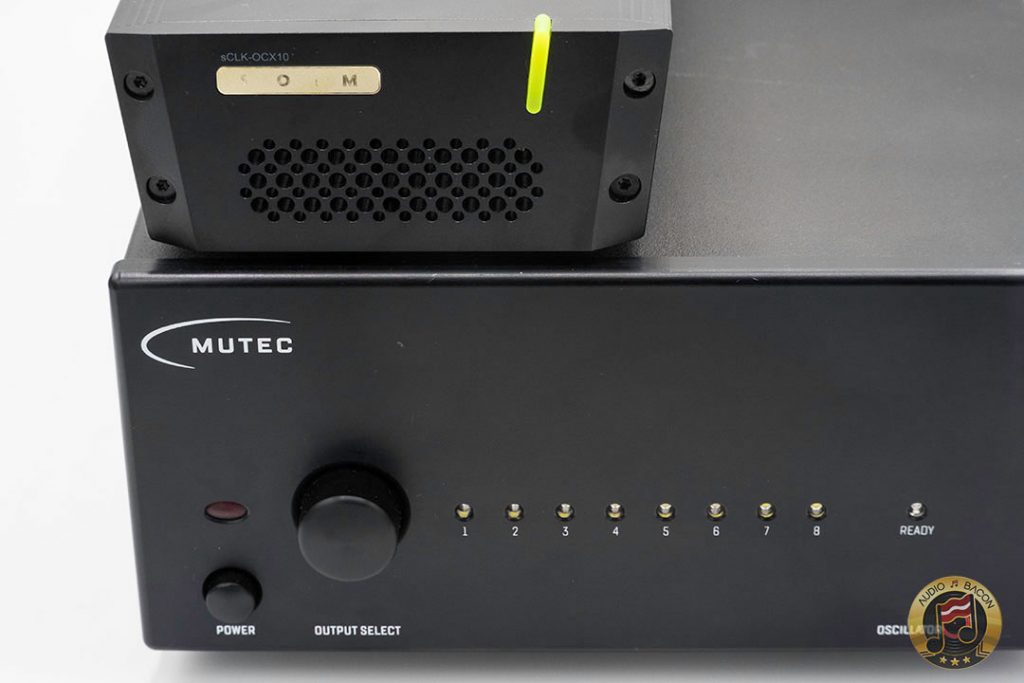


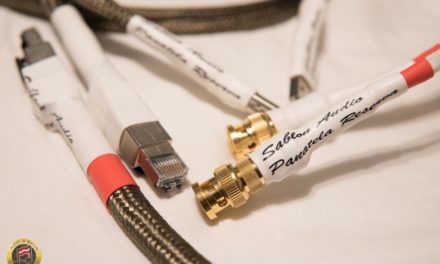
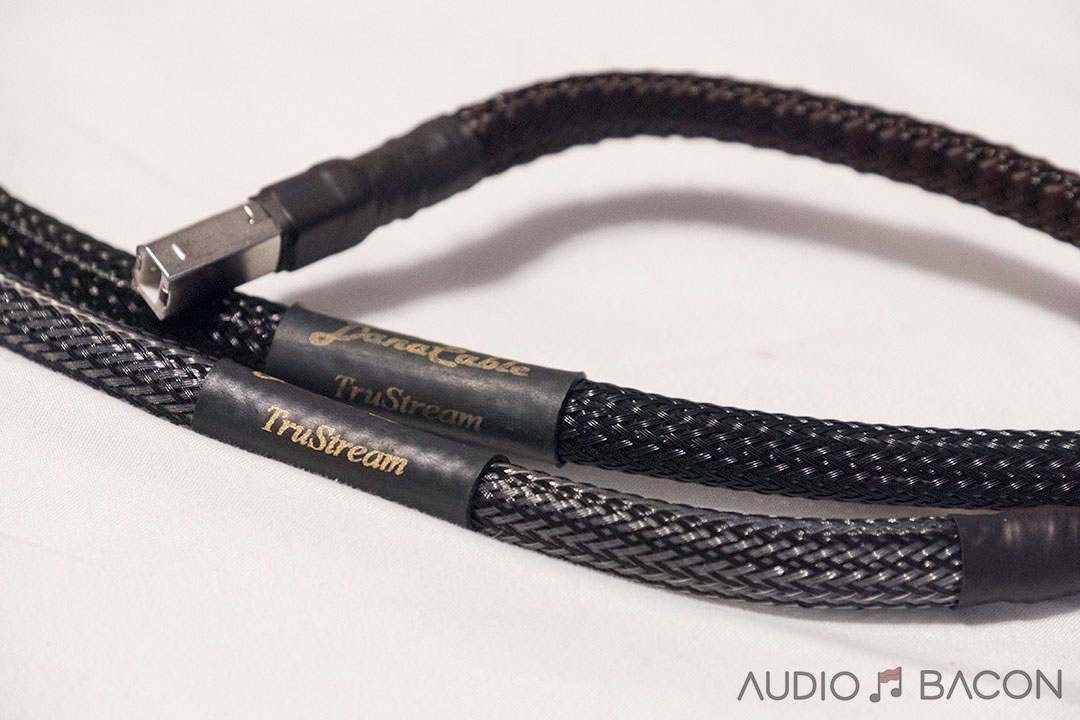
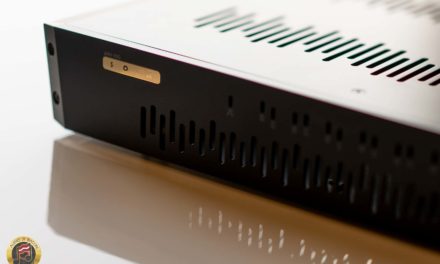
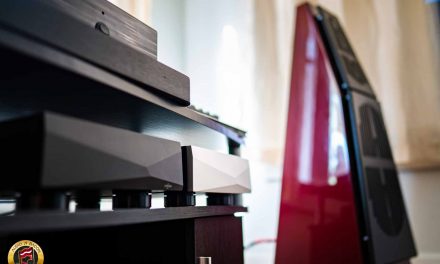

Thanks for that great review, Jay.
Comparing price between the Mutec REF 10 and the sCLK-OCX10, I guess you have to add the cost of a power supply to the latter, which could make it the more expensive option.
Was the tX-USBultra you used in the review upgraded in any way other than the clock input (e.g. internal dc cabling, Evox caps)? I currently have a standard tX-U without clock input and am just wondering what other upgrade options I should order when getting those inputs.
Good point! Yes, I should’ve mentioned my tX-USBultra has the 7N copper DC leads and EVOX caps. IMO, worthy upgrades.
If you could only get one to improve your usb performance. Ref-10 or to-USBultra?
From an “ease of use” and price to performance perspective – the tX-USBultra. From a performance perspective, the REF10 does some magical things but requires a clock cable that works for you. This may require experimenting with many cables as it will change the tonal color of the sound a bit (more or less warmblooded) – which could be a deal breaker for some. The tX doesn’t really change the tonal color from my experience.
@Jay,
could you make a post, or comment on the ‘cost is object’ or the ‘non Forbes list’ category?.
I mean, if we want to spend our $ in a mature way, where is the big jump of quality, for:
-1 Link
PC->DAC, Stremear->DAC, ??->DAC ??
-2 Links
PC->sms-200 ultra ->DAC, PC-tx-USBultra->DAC, ??->??-DAC?
-3 Links
PC->sms-200 ultra->txUSb ultra -> DAC, PC->sms-ultra+REF10 -DAC, and son on…
-4 Links.
….
I think that would be very worth, or even better, how to spend 2k, 3k, 4k, etc. in digital stuff. Otherwise any addition you discuss is in the realm of ‘meaningful upgrade’, which makes no sense from a financial point of view.
Best
Hii Jay,
Enjoyed your immensely enjoyable and spot on description of the Mutec.
Awaiting my sNG switch too!
Which clock cable did you like best with the sNG switch?
Interesting that the txUSB master clock connection gave a very different presentation, was this appearent even with a warmer or the same clock cable as used for the switch.
Regards
Jus
Thanks for your comments on the Mutec REF-10, your experience broadly mirrors mine (https://forum.audiogon.com/discussions/benefits-of-adding-a-10mhz-master-clock-to-a-digital-system) but I found much more impact from the power cord and in particular the footers under the Ref10
Subsequent to that however I’ve also had great results from adding a specific ground to the Ref10, in my case the Taiko Setchi D3 — for the relatively modest cost of an additional ground box I’d strongly recommend it
Of course now I’m tempted by the Abendrot Stute but I’ll have to rebuild my wallet a bit before getting hold of one of them 🙂
Jay, what do you think of Illuminati V3 LPS?
How does it compare to PHaynes units?
Jerzy